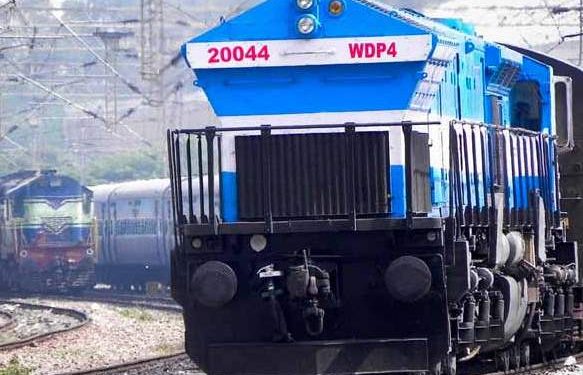You may have noticed codewords written in capital letters such as WAG, WAD, WAP, WAM etc on locomotives, also known as loco or train engines of Indian Railways. Do you know what they actually mean?
Let’s try to understand these codes.
The first letter indicates the gauge of railway tracks. ‘W’ means wide gauge (five feet).
The second letters ‘A’ and ‘D’ denotes the engine’s motive power. ‘A’ means the engine runs on electric motive power and ‘D’ signifies, the engine runs on diesel-electric motive power.
The third letters ‘P’, ‘G’, ‘M’ and ‘S’ indicates the purposes of the engines. ‘P’ stands for passenger. ‘G’ stands for goods. ‘M’ stands for mixed. And ‘S’ stands for shunting.
Now try to understand the codes. If ‘WAP’ is written on the engine, it means the engine rolls on wide-gauge tracks, it runs on AC electric motive power and it pulls a passenger train.
Similarly, ‘WAG’ means the same engine as mentioned above but it pulls a goods train.
If you come across, ‘WDM’ symbol on the engine, it means it runs on diesel motive power and it pulls both goods and passenger trains. If there is an ‘S’ in place of ‘M’, ‘P’ or ‘G’, then you have to understand that the engine is used for shunting purposes. Shunting means movement of coaches or wagons from one location to another for maintenance, free up the line whether it is for coupling or decoupling. The engines used for shunting purposes are generally less powerful than other engines. Mainline tracks are rarely used for shunting.
PNN






































